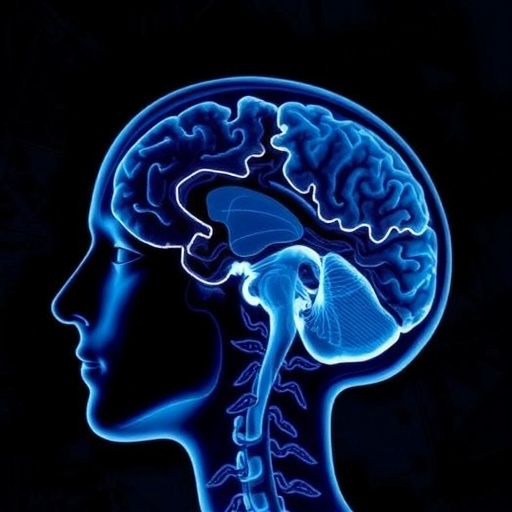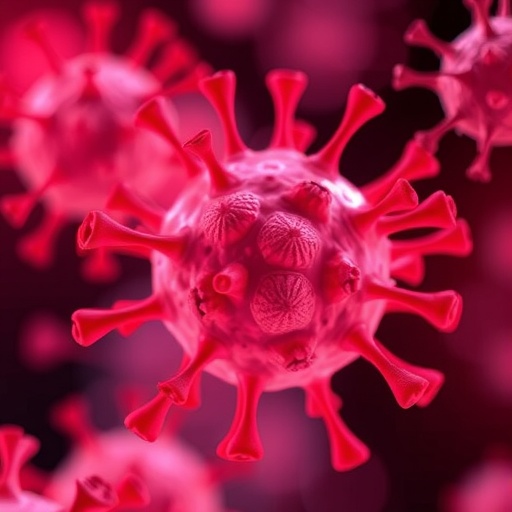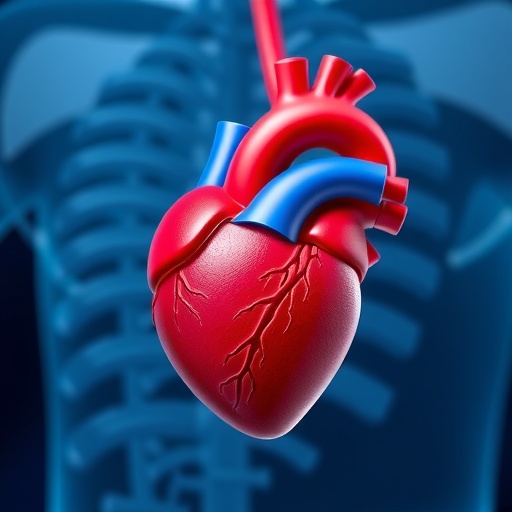Huntington disease (HD) stands as a significant focus within the realm of neurodegenerative disorders, spotlighting a complex interplay between genetic mechanisms and the resultant pathology that unfolds in affected individuals. At its core, this condition is driven by an abnormal CAG repeat expansion in the huntingtin gene (HTT), which gives rise to a toxic aggregate in the huntingtin protein. As the disease progresses, a dramatic decline in motor, cognitive, and psychiatric functions ensues, primarily attributed to the loss of medium spiny neurons in the striatum. This degeneration not only elucidates the tragic trajectory typically faced by patients diagnosed with Huntington disease but also casts a poignant light on the potential for therapeutic interventions targeting these underlying genetic components.
Research has long categorized Huntington disease as one predominantly influenced by the aging process. The prevailing notion has been that as time progresses, the toxicity of the mutant protein intensifies, culminating in the symptomology observed in patients. However, a plethora of recent genome-wide association studies has begun to unravel additional layers of complexity associated with the disease’s onset and progression. Notably, researchers have identified a cadre of genetic modifiers, predominantly involving genes implicated in DNA repair processes. This discovery is pivotal, as it indicates that factors beyond mere protein toxicity significantly contribute to the disease’s trajectory—an insight that could reshape therapeutic paradigms for Huntington disease and similar disorders.
Critical to understanding the pathology of Huntington disease is the realization that somatic CAG repeat expansions in affected tissues may represent a key pathological mechanism. Recent studies suggest that these expansions can occur in the body’s somatic cells, leading to the gradual accumulation of mutated huntingtin proteins, which further exacerbate neuronal damage over time. This emerging paradigm shifts the perspective from a strictly protein-driven process to one that encompasses DNA-level alterations, indicating a more intricate interplay between genetics and biological aging.
From a therapeutic standpoint, these insights into somatic expansions suggest tantalizing prospects for intervention. By developing strategies aimed at mitigating further somatic repeat expansion, researchers could potentially activate mechanisms that are universally applicable across a spectrum of repeat expansion disorders. This shared mechanism suggests a broader class of therapies may be possible, thus opening the field to innovative combinations of treatments. For instance, when employed in concert with disease-specific strategies—like approaches aimed at lowering the levels of the mutant huntingtin protein—these therapies might provide a more powerful impact on clinical outcomes than traditional methods employed in isolation.
Nonetheless, the pathway to clinical application is fraught with challenges, including the crucial question of timing. Identifying the optimal window for therapeutic intervention poses a significant hurdle. Interventions could be most effective if administered prior to or early in the onset of symptoms, but determining this timing in humans remains a complex task due to irregularities in disease onset and progression. Moreover, establishing phenotypic improvements in clinical trials presents another layer of difficulty, particularly when assessing changes within the brain—an organ that is notoriously difficult to monitor in vivo.
The exploration of Huntington disease is not just about understanding a singular disorder; it also contributes to a wider knowledge base that applies to multiple neurodegenerative conditions characterized by repeat expansions. Diseases such as myotonic dystrophy and spinocerebellar ataxia share this commonality, and the research surrounding Huntington disease may yield broader implications for therapeutic development in these areas. As our understanding deepens, the potential for cross-disease strategies that address shared pathologies becomes increasingly evident.
Another salient point in this dialogue about Huntington disease involves the biopsychosocial aspects of the condition. As patients navigate the complexities of HD, the intertwining of motor symptoms with cognitive and psychiatric manifestations creates significant challenges not just for the individual but also for their caregivers and families. The genetic nature of Huntington disease compounds the emotional heft of diagnosis, as individuals grapple with the implications of inheriting a condition that is both progressive and ultimately fatal. Such considerations emphasize the importance of a holistic approach to treatment that encompasses both the physical and mental health needs of patients.
As researchers forge ahead into this fascinating yet daunting frontier, public and private entities must ensure that appropriate funding and resources are allocated to support innovative research initiatives. Collaborative efforts across institutions, bridging basic science with clinical application, could catalyze breakthroughs in understanding and treating Huntington disease. Partnerships between geneticists, neurologists, and therapeutic developers may prove essential in accelerating the translation of laboratory discoveries into tangible clinical advancements.
Equally important is the education of patients and families about emerging research findings related to Huntington disease. As new therapies and interventions begin to take shape, having an informed patient populace equipped with a comprehensive understanding of their condition will be crucial to foster cooperation throughout the therapeutic journey. Enhancing patient literacy around both genetic testing and potential clinical trial opportunities will empower families to make informed decisions about their care and treatment options.
Simultaneously, ethical considerations surrounding gene therapy and editing techniques in the context of Huntington disease warrant ongoing discussion. As the science matures and options for intervention arise, it becomes paramount to ensure ethical frameworks are established to govern how these techniques are applied. The implications of genetically altering somatic cells, particularly with the thought of extending lifespan or altering the trajectory of genetic disorders, necessitate careful deliberation among scientists, ethicists, and policy makers.
Finally, a multidisciplinary approach will be critical in driving the field forward, facilitating exchanges between diverse fields that could unearth unconventional solutions to complex challenges presented by Huntington disease. The intersection of genomics, neuroscience, and cellular biology stands as a promising frontier, suggesting that unraveling the complexities of HD may yield insights that not only enhance our understanding of this specific condition but also illuminate pathways for addressing a range of other neurodegenerative disorders.
In conclusion, while Huntington disease represents a tragic convergence of genetic and neurodegenerative factors, the momentum building in research offers a glimmer of hope for more effective therapeutic avenues. By advancing our understanding of the role of somatic CAG repeat expansions and the broader genetic landscape that modulates disease progression, we open ourselves to a future where previous barriers to treatment can be reduced. As we carve out the mechanisms underlying Huntington disease, the quest for viable therapies draws closer, revealing a hopeful vista that might redefine not just how we approach the disease itself but also how we consider and intervene in the universe of neurodegenerative disorders as a whole.
Subject of Research: Huntington disease, genetic factors, somatic CAG repeat expansions, therapeutic interventions
Article Title: Huntington disease: somatic expansion, pathobiology and therapeutics
Article References:
Donaldson, J., Hensman Moss, D., Ciosi, M. et al. Huntington disease: somatic expansion, pathobiology and therapeutics. Nat Rev Neurol (2025). https://doi.org/10.1038/s41582-025-01159-7
Image Credits: AI Generated
DOI: 10.1038/s41582-025-01159-7
Keywords: Huntington disease, genetics, CAG repeat expansion, somatic mutations, neurodegeneration, therapeutic strategies, disease progression, DNA repair mechanisms, clinical trials, gene therapy, ethical considerations.
Tags: aging and Huntington’s disease progressionCAG repeat expansion in HTT genecognitive decline in Huntington’s diseaseDNA repair genes and Huntington’s diseasegenetic modifiers in neurodegenerationgenome-wide association studies in HDhuntingtin protein toxicityHuntington’s disease geneticsmedium spiny neuron degenerationneurodegenerative disorders pathologypsychiatric symptoms of Huntington’stherapeutic interventions for Huntington’s





